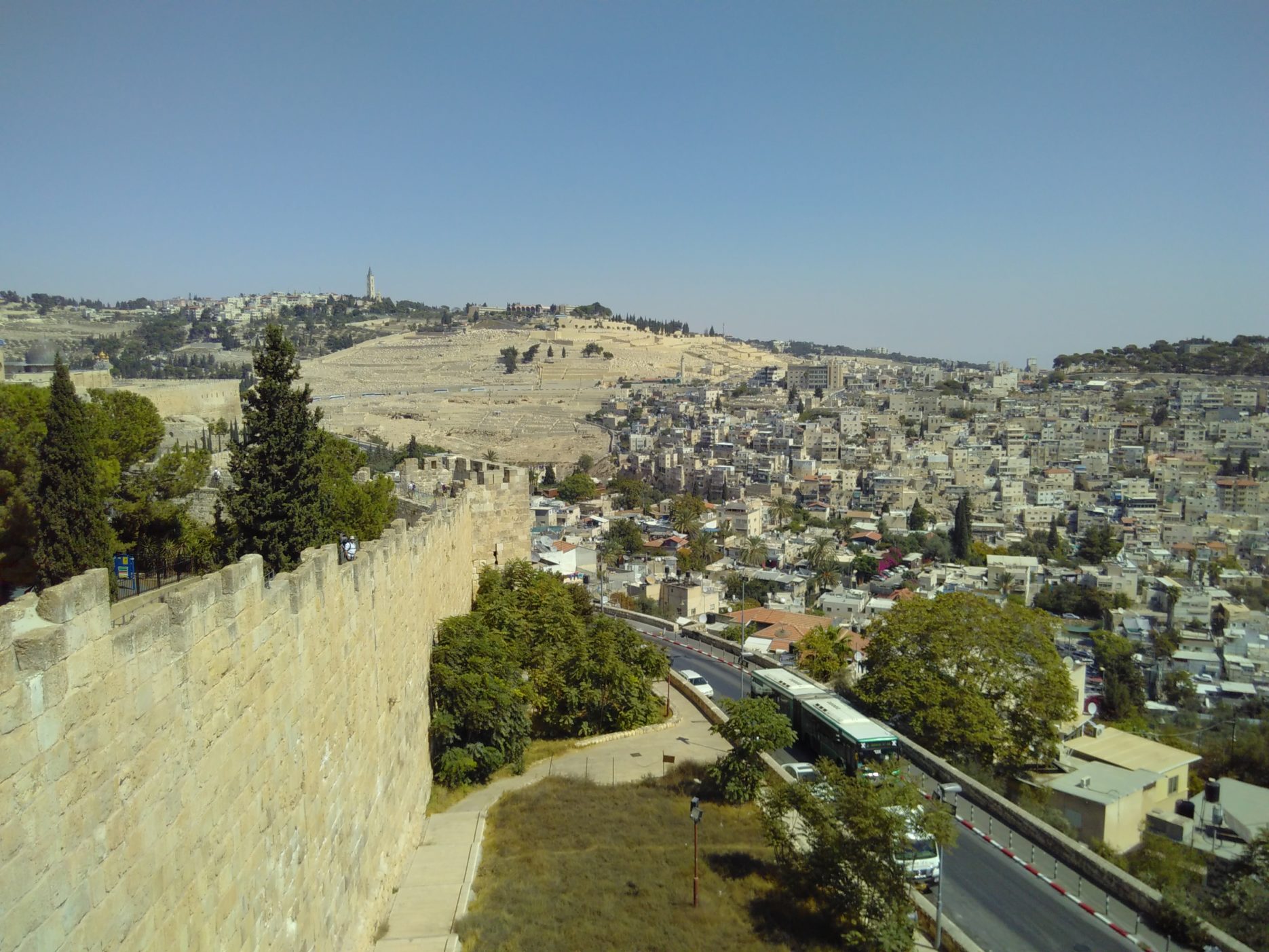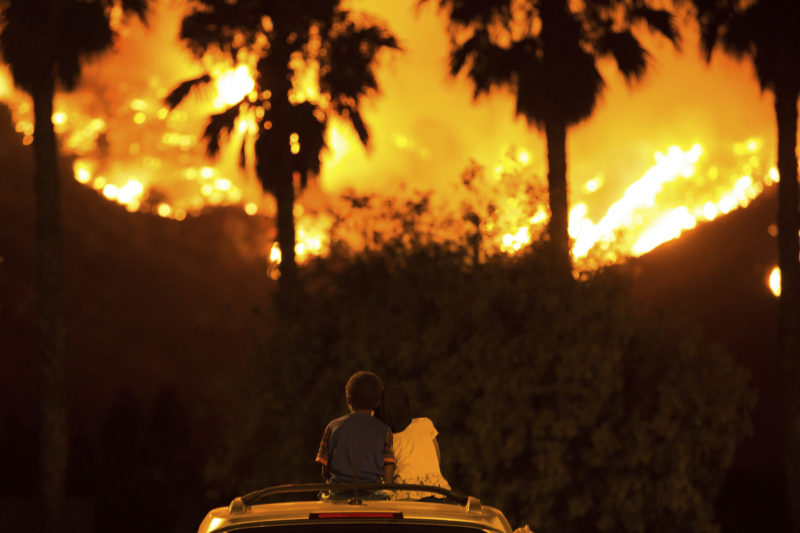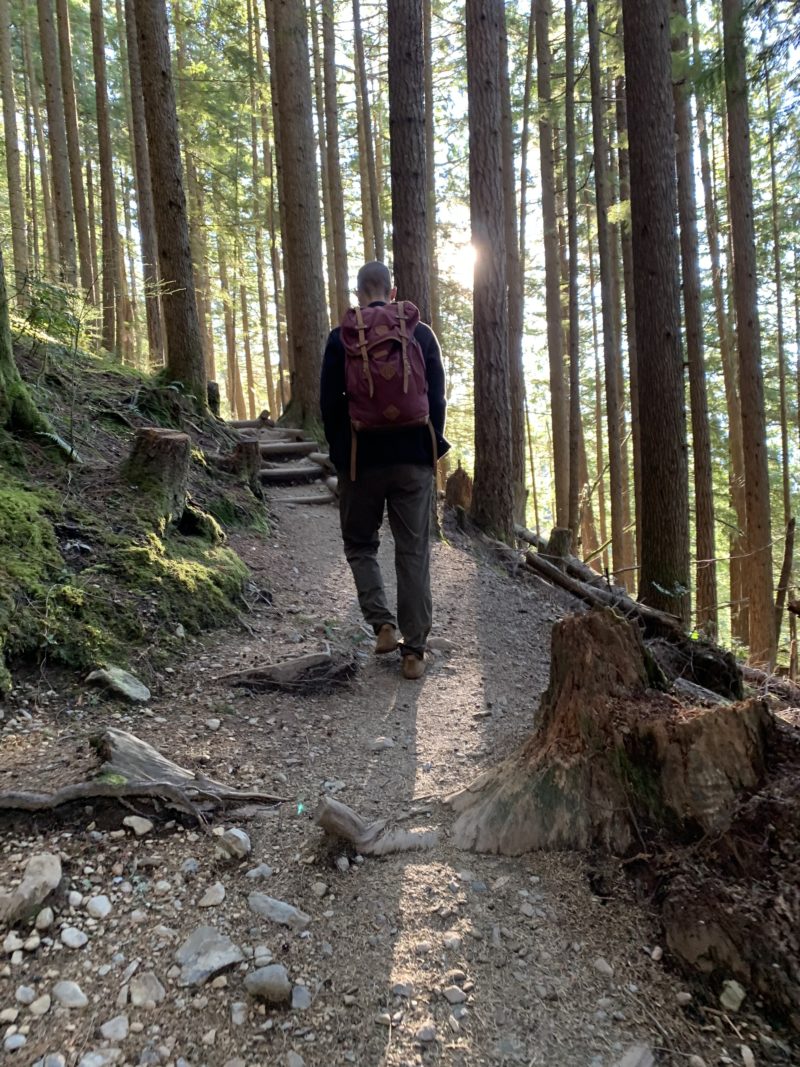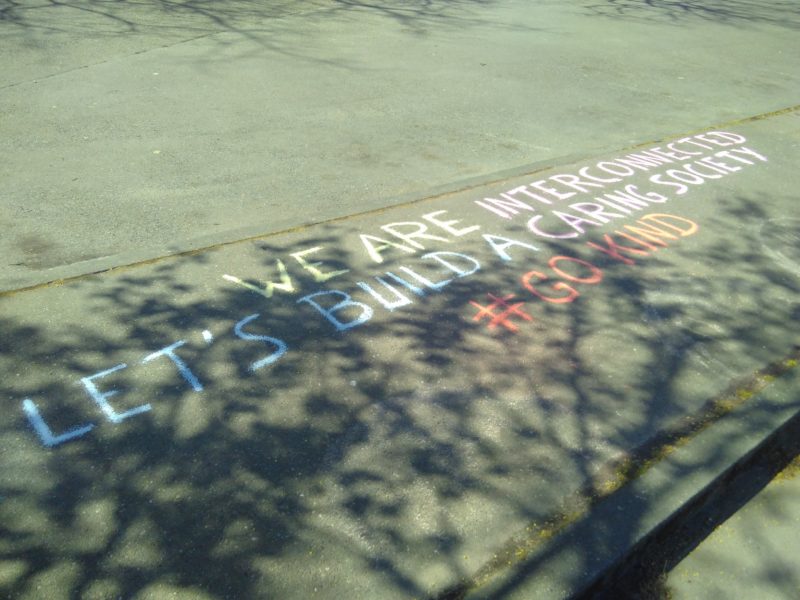“Forget about the so-called Old City and totally ignore the walls surrounding it, if you really want to know Jerusalem,” thus were the words of my archeology teacher (Doron Ben-Ami) about Jerusalem in ancient times. Since that moment did I not only learn more about the story archeology has to tell us about the history of this city. Also some ideas I had about both the ancient place and Jerusalem nowadays were shattered into pieces. On top of that, I came to understand why it is both fascinating and important for all of us to study about Jerusalem in ancient times. Walking on the Ramparts wall is a good way to contemplate on this. Not by looking into the Old City, but actually looking outside the city.
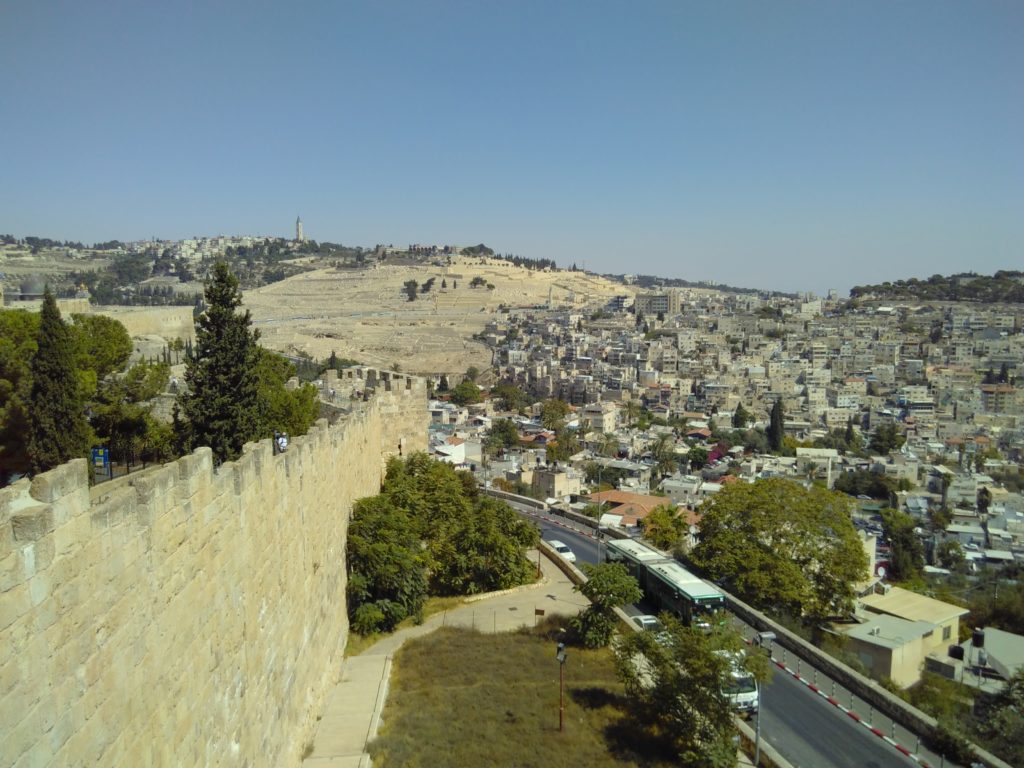
It is beyond doubt that Jerusalem is one of the oldest cities in the world and, as another teacher of mine (Katherine Aron-Beller) said: “It developed into a place of such gracefulness and delicacy that it is described in Jewish sacred literature in the feminine – always a sensual, living woman, always a beauty, but sometimes a shameless harlot, sometimes a wounded princess whose lovers have forsaken her.” Jerusalem became the house of Adonai, God and Allah – and therefore it also became ‘holy’ city. A place that philosophers, artists and writers tried to capture for centuries till this very day.
Through our wonderful lessons at Rothberg I learn a lot about ancient Jerusalem, too much to write here. I am not going into detail how the city has developed through time, but let me mention some ideas that might challenge your believes about the city: the so-called Jebusites seem to have accepted King David to rule this place, which was then a small stronghold on the hill south to the Old-city. The Jebusites clearly stayed and were not killed, as happened with other people in other cities. It was an agrarian society for a long time and not an urban centre: people lived of the land and living creatures. In other words: they were farmers and pastorals. Intriguingly, a visitor the David’s ruling center would quickly realize, I quote from one of our articles:
“[…] that it was women who, when not also participating in field work, directed the daily rhythm of the spaces within the settlement itself. Gathered together in formal and informal organizations so as to most efficiently engage the critical technologies of food preparation and storage, textile construction, and obstetrics, such work was essential to the social fabric and welfare of David’s center. Given the prominence and necessity of these tasks, a bias toward patriarchal designations of life within David’s Jerusalem, or any Iron Age highland site, requires considerable redress. In David’s Jerusalem it was women, not men, who would have controlled the vast majority of daily practices and movement within the settlement itself.” (Piosk, ‘David’s Jerusalem’, 2013)
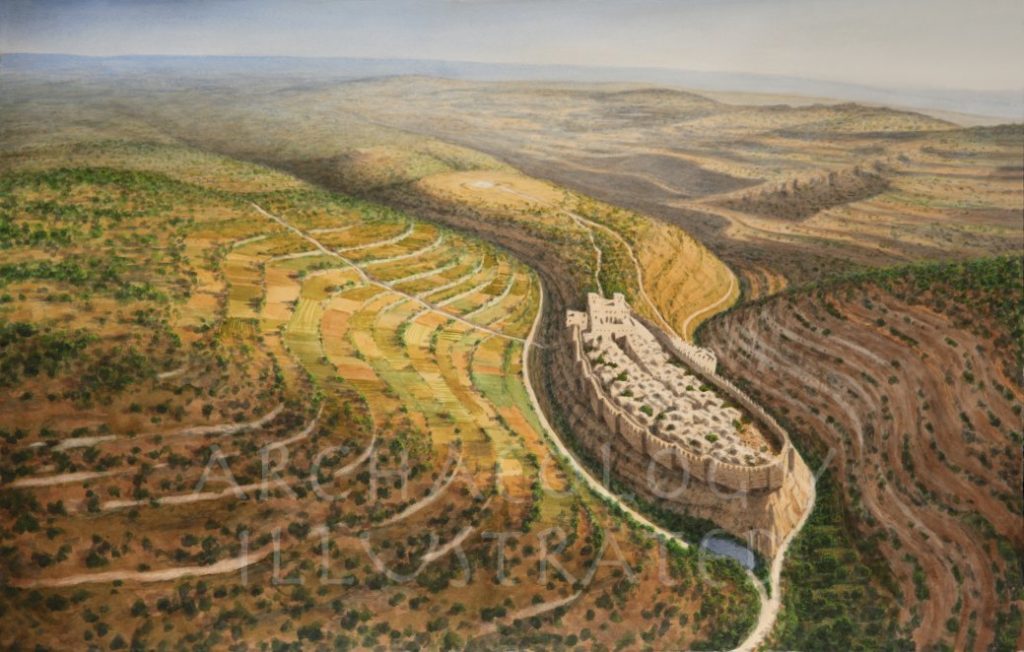
That is not all! Contrary to many believes, we know from figurines, statues and other finds that many cults kept existing among each other for centuries since David took the city. These cults were focused on the cycle of the seasons and people celebrated particular moments of the year with festivals. Moreover, the early Hebrews, who had a Temple by now in Jerusalem but also in many other cities, integrated these cults in their own. Some holidays today were originally agricultural festivals. Things change with religious reforms in the late 8th and 7th century BCE: from that point onwards, Jerusalem becomes increasingly the religious centre of the Hebrews/Israelites, though the relationship with agricultural is then still with them. Some think Jerusalem now became indeed the holy centre and have always been every since. But not necessarily so. The many prophets that were around in the 1st century BCE and onwards, did often not focus on Jerusalem at all. Jesus in that sense seems to be more an exception, than the rule. It was he that gave rise to Jewish-Christians which eventually led to Christianity. This new tradition, together with the birth of Islam in the 7th century, shaped Jerusalem in new ways. Making it the promised city for the Jews and holy to both the Christians and Muslims as well.
But let us go back to David for a moment. It is said that he united the tribes of Israel in a United Monarchy. This idea has been heavily debated in the last decades. Because, like other stories about the early times of the people of Abraham, it is hard to find the archeological evidence. In fact, archeology quite often points in other directions. Our archeology teacher illustrated the debates with different theories about the things we can nowadays see in, for example, the City of David. Did the United Monarchy really exist? Did King David build a palace, and his son Solomon a Temple? Where does the so-called material culture – walls, pottery, tablets, and so on – point to?

Another intriguing, related example, are he Cherubim on the Ark of the Covenant. They look very much like the Sphinx in Egypt. Canaan was not only ruled by Egyptians for hundreds of years till about a century before the rise of David, but Solomon was married to the daughter of the Pharaoh! Those who visit Egypt can only be astonished about symbols, images and ideas of the Egyptians that seem to have found their way into what became the Hebrew Bible and Jewish tradition. The similarity between the Cherubim and the Sphinx is just one example.
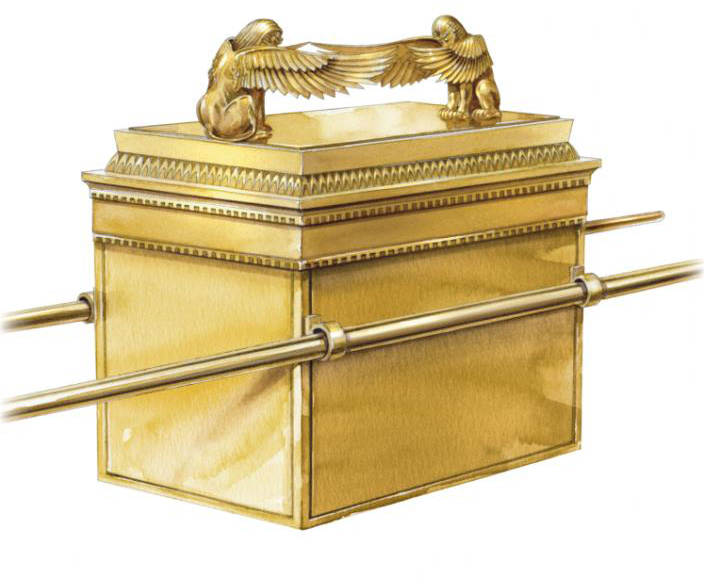
Issues and questions like those mentioned are part of an ongoing debate in archeology, history, religion and even contemporary politics! It does not seem that we will solve the debate someday soon. In fact, we might never get to the final answer. Maybe, however, it is not so much important what the absolute truth might be (if there is such), but more the questions it confronts us with. Does it matter who founded the city of Jerusalem, whether Abraham came to this place to sacrifice his son Isaac (or Ishmael?) in ’the land of Moriah’ and a United Monarchy existed with king David and his son Solomon? If so, why? If not, why not? What if we have no archeological finds for the often heard and celebrated story of the exodus? What to think about the presence of the Philistines in ancient Canaan – who are the reason why the land Jerusalem is part of is, more often than not, called Palestine? Moreover, we can ask ourselves: what can we learn from these ancient societies and how they developed? What does it mean to say that a place, an object or person is ‘holy’? What are our contemporary cults, and what does Jerusalem mean to us nowadays?
These are fascinating questions to me and I am happy that I get the opportunity to explore them further in this spring semester with my teacher. Discussing many intriguing archeological finds along the biblical story and believes we have about Jerusalem. Among them, for example, the Merneptah Stele that mentions ‘Israel’ as a people – the first time in our archeological finds we hear about them. This Stele, which I purposefully looked for in the Cairo Museum, leaves us puzzled with the declaration: ‘Israel is laid waste and his seed is not’.
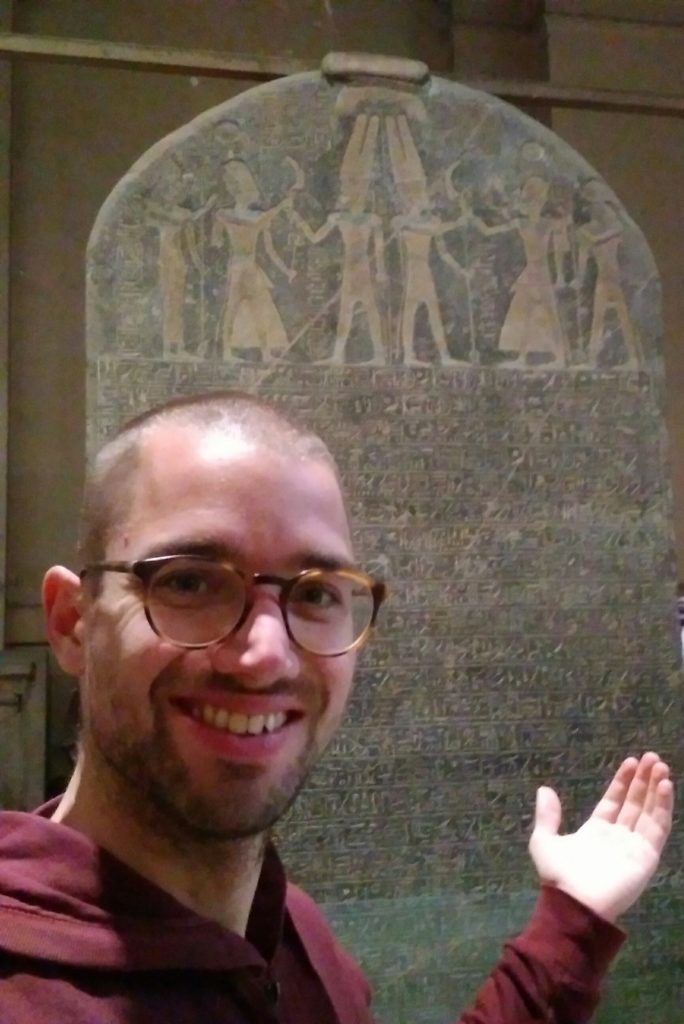
I have the impression that it might be helpful to all of us if we study about ancient times, and Jerusalem in particular. To learn about who we are and contemplate about our identity & religion. Furthermore, to discuss how stories we tell – through the Hebrew Bible, the Christian scriptures, the Koran and many others, shape our lives today. A visit to the many archeological sites in this region are a good start, along with some great books about the topic. Though both also make me wonder: why do we care about and dwell in a past that is no more? I would say: food for thought!
